How to Transition from Road Running to Trail Running: A Step-by-Step Guide
Welcome back, runners! If you’re thinking about swapping pavement for paths, you’re in for a mindblowing shift in your running regimen. Trail running offers breathtaking scenery and connection with nature. Pushing through its unique challenges that can rejuvenate your love of running like nothing else. This guide illustrates the nitty-gritty of transitioning from road to trail, highlighting hot training tips and essential gear from MudGear to ensure your off-road adventures kick off on the right foot.

1. Understand the Key Differences
Before you hit the trails, it’s crucial to understand how trail running differs from road running:
- Terrain: Trails are more uneven and can vary widely, from dirt paths to rocky inclines.
- Pacing: Forget about your road pace. Trails require you to use additional caution. You wouldn't want to trip over a root and sprain something miles into the woods- or curb stomp a copperhead. Keep an eye out.
- Technique: Trail running demands more from your core and stabilizing muscles to handle the uneven terrain.
2. Adjust Your Training Regimen
Building the Right Foundation
Transitioning to trail running requires some adjustments in your training:
- Increase Strength Training: Focus on your core, quads, and ankles, which will help you navigate uneven surfaces.
- Practice Hill Workouts: Trails often include more elevation changes than road routes, so incorporate more hill repeats into your routine.
- Adjust Your Stride: On trails, take shorter, more frequent strides to maintain balance and react quickly to changing terrain.
3. Gear Up with MudGear
Essential Trail Running Gear
The right gear can make or break your trail running experience. Here’s where MudGear stands out:
- Trail Socks: Designed to prevent blisters and provide extra cushioning and support on rough terrain.
- Performance Apparel: Lightweight, moisture-wicking clothing is essential. MudGear’s specialty performance gear provides comfort and durability on long runs.
- Protective Accessories: Consider a pair of gaiters to keep debris out of your shoes, and don't forget a durable hat (like MudGear's Tac Hat) to protect against the sun and branches.
4. Start Gradually
Easing into Trail Running
Transitioning to trail running isn’t about diving in headfirst:
- Mix It Up: Start by mixing road and trail runs. Begin with easier, flatter trails and gradually introduce more technical routes.
- Listen to Your Body: Trail running can be more taxing. Pay attention to fatigue signals and give yourself time to recover.
5. Safety and Navigation
Stay Safe Out There
Trail running also means being prepared for a different set of safety considerations:
- Map Your Route: Know your trail. Use apps or a physical map to familiarize yourself with your route before you go.
- Pack Essentials: Always carry water, extra food, a basic first-aid kit, and your phone for emergencies.
Conclusion: Embrace the Adventure
Transitioning from road to trail is an adventure that rejuvenates your training and connection with nature. With these tips and the right MudGear, you’re well on your way to trail running expertise. So lace up your trail shoes, gear up, and step into the world of trail running with confidence and excitement!





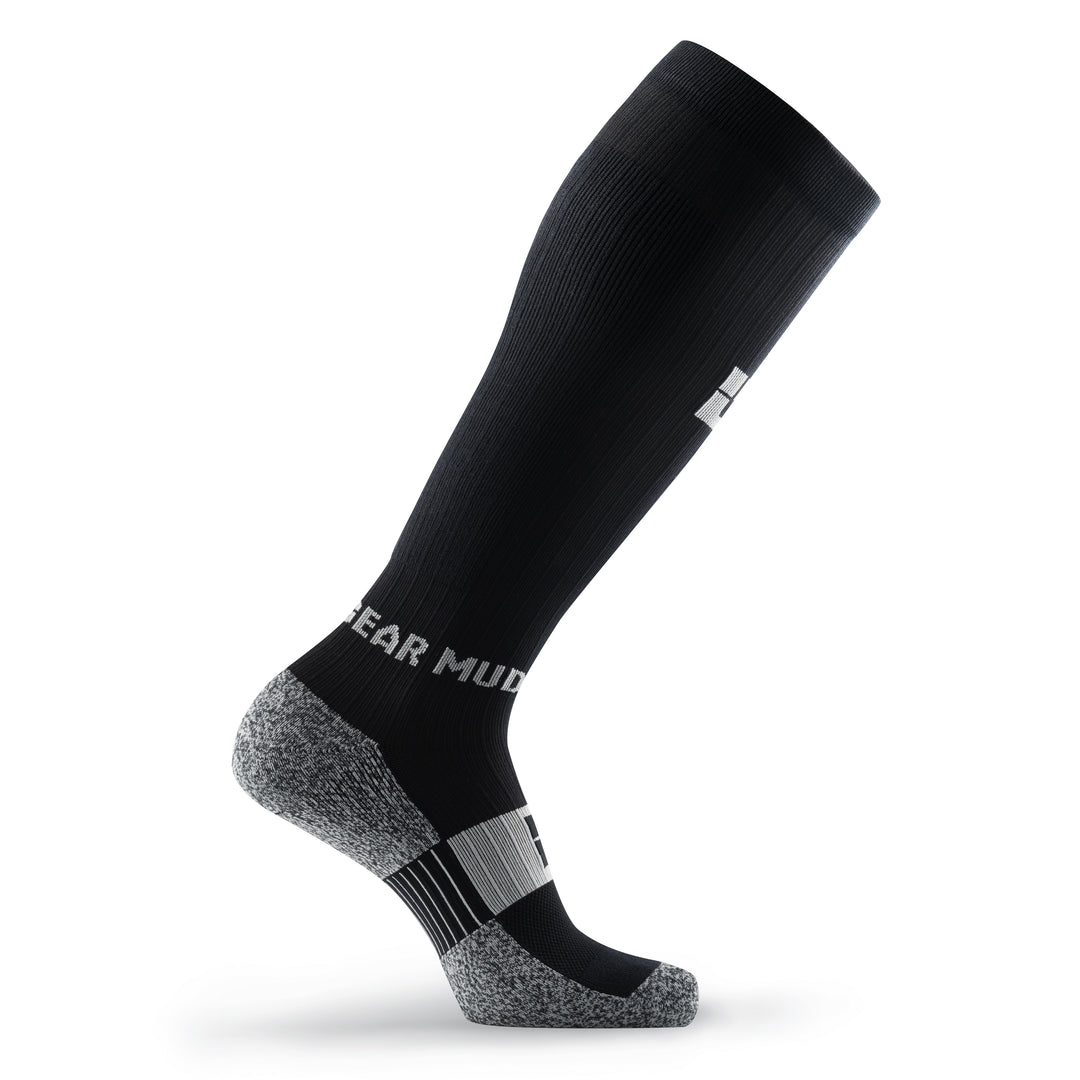
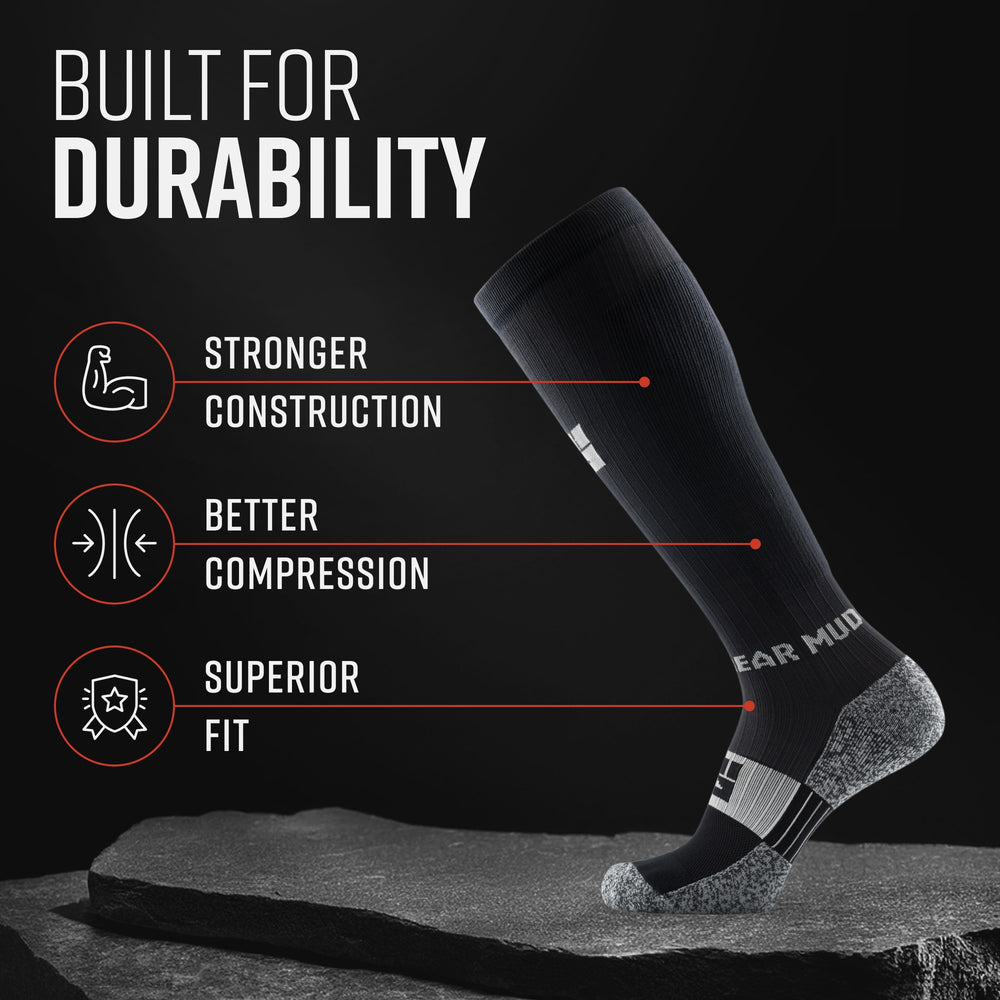
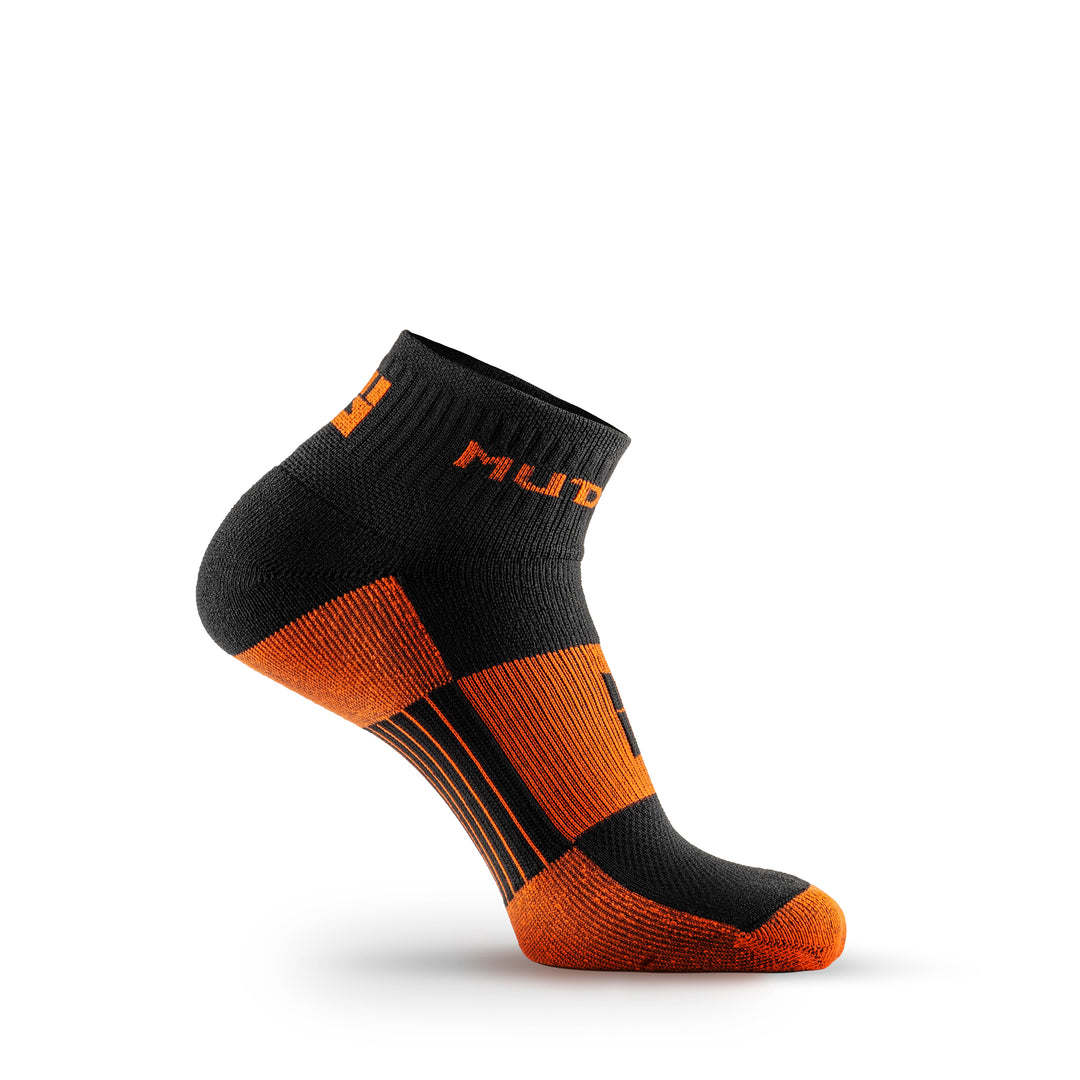
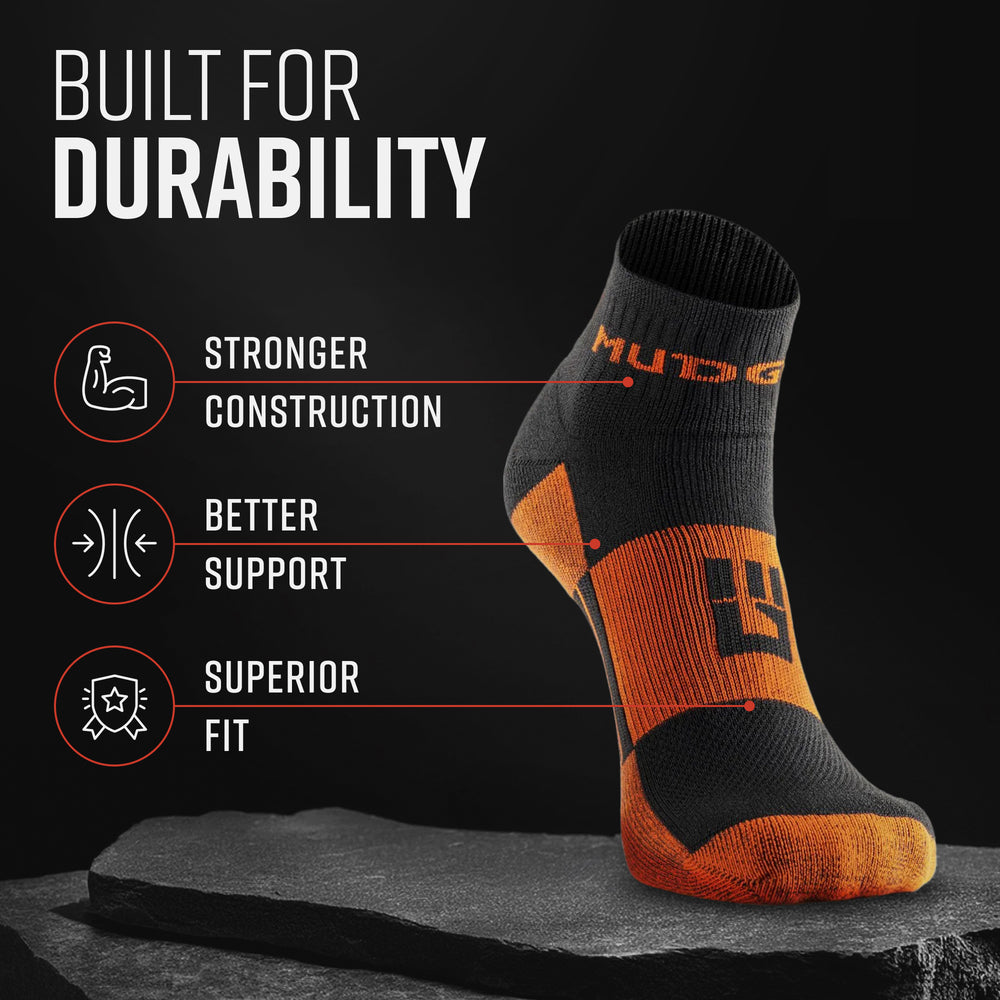


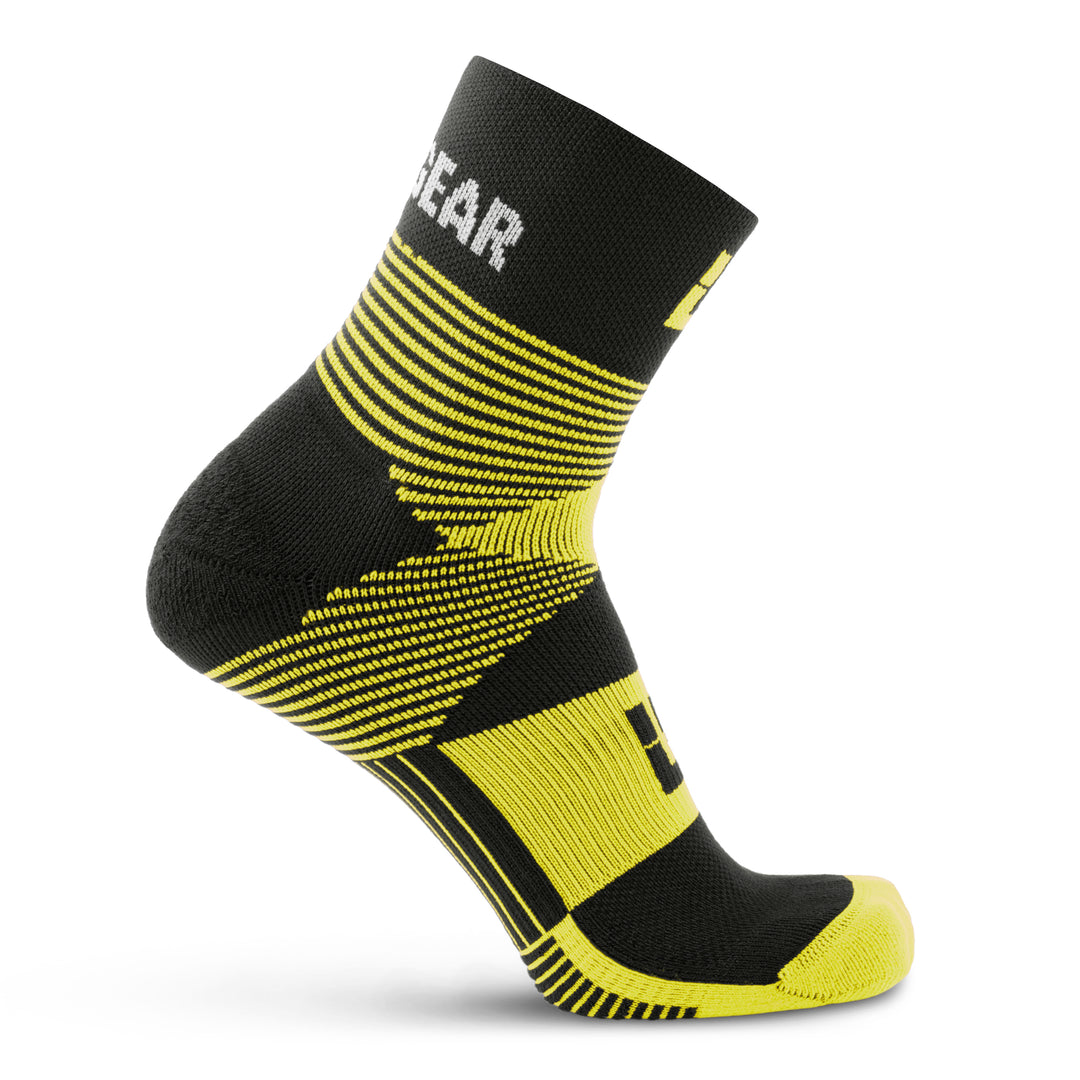
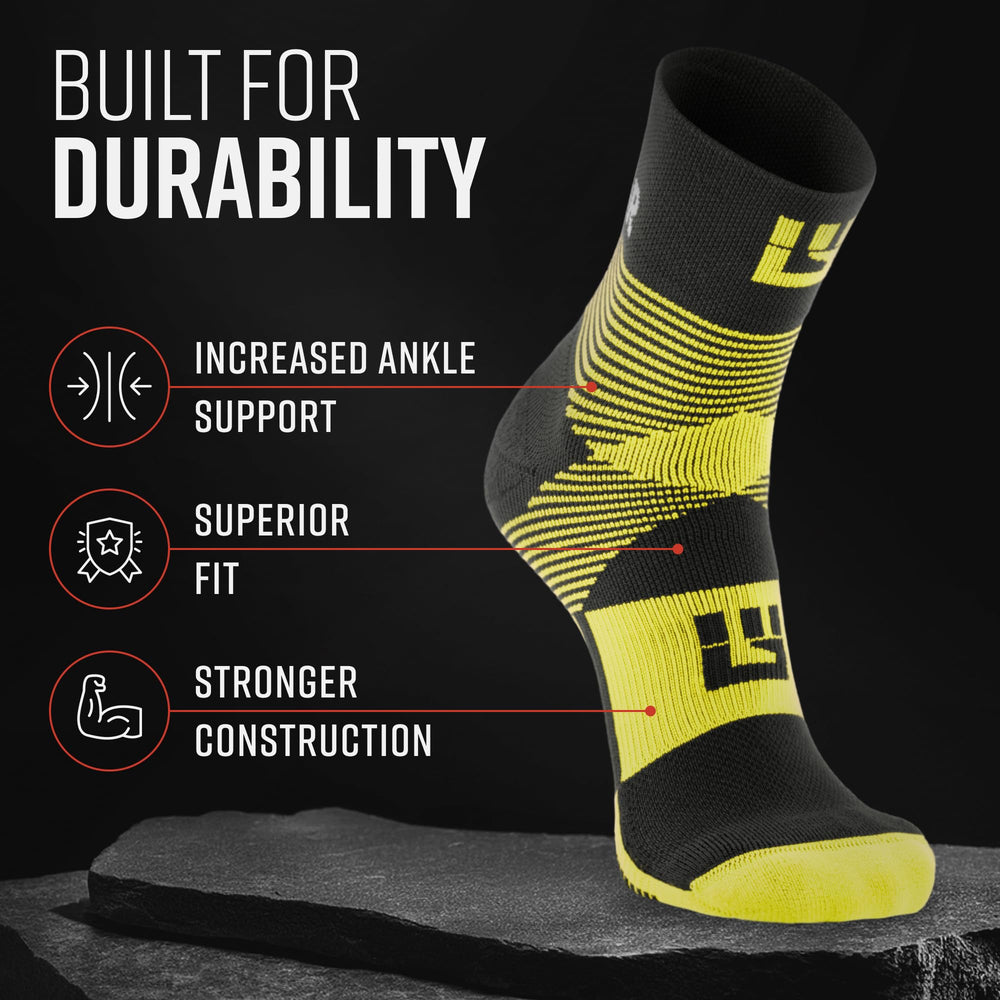

Leave a comment